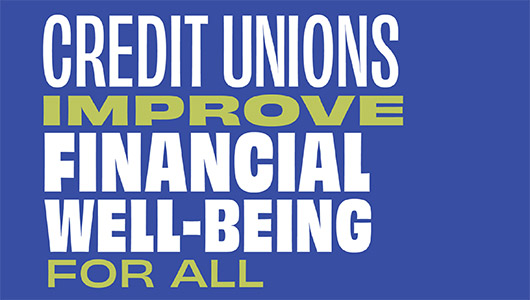
Combating employee burnout
How authentic leaders and connected workplaces drive results.
Listen to the article
The coronavirus pandemic sent a large portion of the workforce home in 2020 and continues to keep a significant number home today.
That put the spotlight on society’s mental health issues, with a Cigna study finding that 24% of Americans say their mental health is fair or poor. The 76% reporting good mental health is down 5% from 2018.
Mental health issues impact personal lives, work lives, and the workplace. According to a Filene Research Institute report, more than 40% of the global workforce is considering leaving their employer this year.
Filene Director of Community Development Cortney Angeley says the mental health issues stem from a lack of social support and infrequent meaningful social interactions, negative feelings about personal relationships, poor physical and mental health, and a lack of balance in daily activities.
The Filene webinar, “Leading with Heart, Earning Results,” discussed how credit unions can address workplace loneliness and burnout.
Feelings of loneliness impact the workplace in several ways—higher absenteeism, lower productivity, and poor work quality. As a result, employee loneliness can lead to higher workplace turnover.
How can credit unions combat workplace loneliness? Angeley says improving mental health starts with leaders creating empathy and connection.
She stresses the importance of connectivity, citing how employees are six times less likely to be lonely if they have a good friend or best friend at work.
Workplaces can improve connectivity by encouraging friendships, as well as:
- Considering workplace culture. “Team members who feel they can share their goals and challenges with their teams and bosses are eight times more likely than those who are lonely to feel more engaged in their work life,” Angeley says.
- Using technology to enhance connection. Whether virtual or in person, collaborating with colleagues encourages connection.
- Finding the right cadence of communication. “Increasing the frequency of conversations at work can reduce feelings of loneliness,” Angeley says. “It matters that you connect, but it also matters how you connect with particular individuals.”
Authentic leadership can help create a connected workplace. When leaders are authentic at work, team members will feel more comfortable being themselves, leading to better conversations and reduced loneliness.
“This comes from a genuine place of wanting to be the type of leader and the type of organization where team members feel like they truly belong,” Angeley says.
She says leaders should consider these questions:
- How will you support your leaders and team to build a capacity for empathy and authenticity?
- If you’d like to enhance your leadership style, where will you start?
- What do you need from your colleagues, board, and team to be a better leader?
- What leaders do this well?
Answering these questions requires going back to the basics, including reviewing your leadership style, assessing team needs, making a plan, asking for feedback, and tying it back to business results.
Taking these steps, Angeley says, can lead to a sense of togetherness, enhanced engagement, less workplace stress, fewer missed days, and reduced turnover.
